I was furious. My computer had crashed for the third time that week. Not only that it annoyed me, as it would anyone I think, but this time I lost important documents. To top it all, in the heat of the infuriating moment and while staring at the famous blue screen, I spilled my hot coffee all over the keyboard … and my pants. Of course. Even though I had low hopes, I called the company I purchased the computer from. To shout at them primarily, but also to have a slim chance of recovering my work … Maybe it wasn’t too late. Maybe if I was fast enough …
After unusually quick seconds I got through, I was greeted by a professional-sounding voice that identified itself as a representative of the company. I let off steam (I’m sorry), but eventually explained the situation. On the other end of the line there were some sounds of agreement and understanding while the representative listened patiently. No matter how snappy I got.
After almost an hour of troubleshooting and going through what felt like studying computer engineering, the moment of glory was there. My computer sprang back to life and I was greeted by the familiar login picture of an astronaut holding a donut (don’t ask). I lost maybe five minutes of work, it was unbelievable. Too unbelievable … “Wait a minute,” I mumbled in the phone “How long have you been working in computer service … that was incredible. How did you learn all that?”
There was a brief pause on the other end of the line before the representative replied in a smooth and friendly voice: “Well, that’s easy. I’m an Artificial intelligence, programmed to help people like you with their computer issues. So of course, I need to know all the possible solutions that we know helped before and that could possibly occur based on the technical specifications and details of our products. I’m happy that I could help you as well today.”


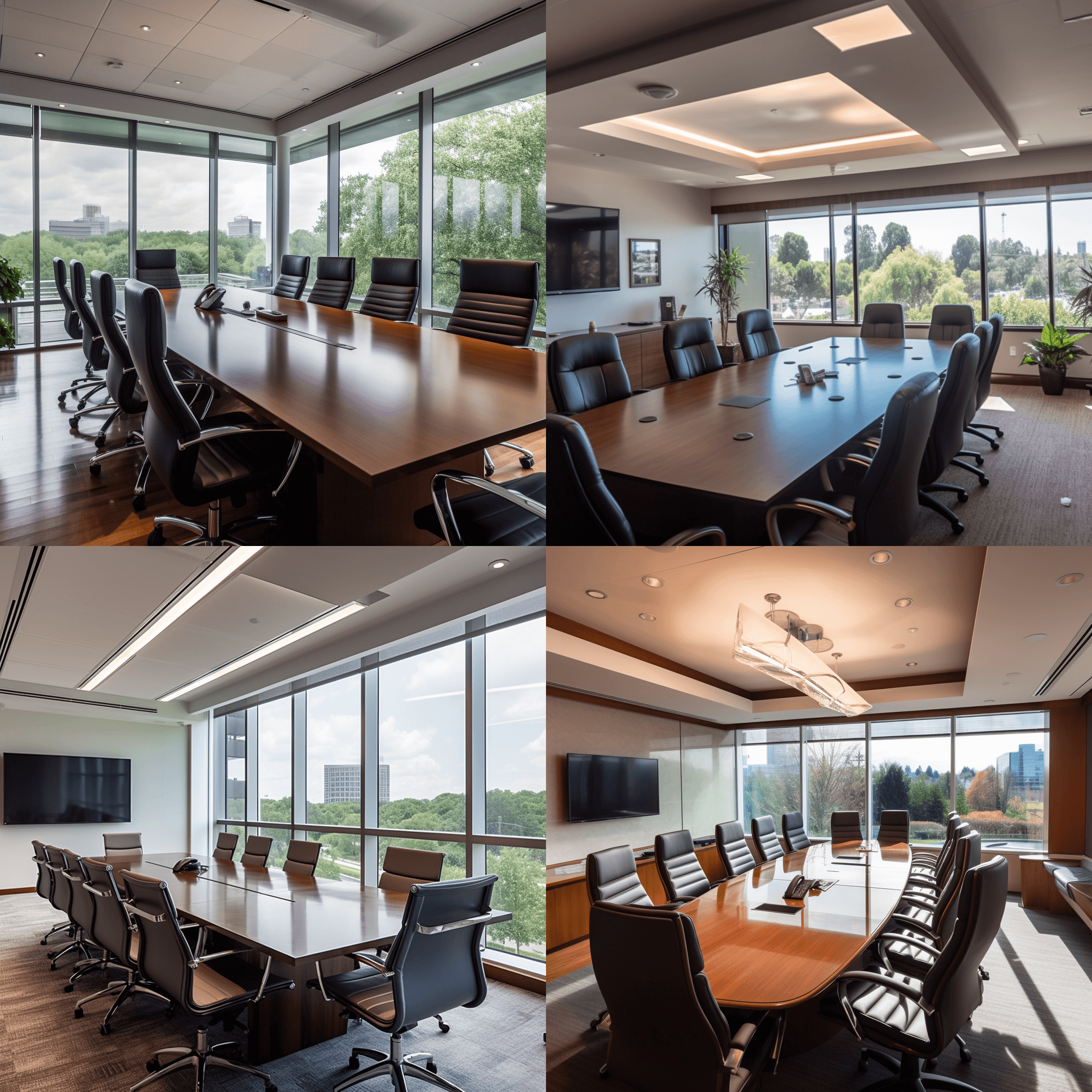
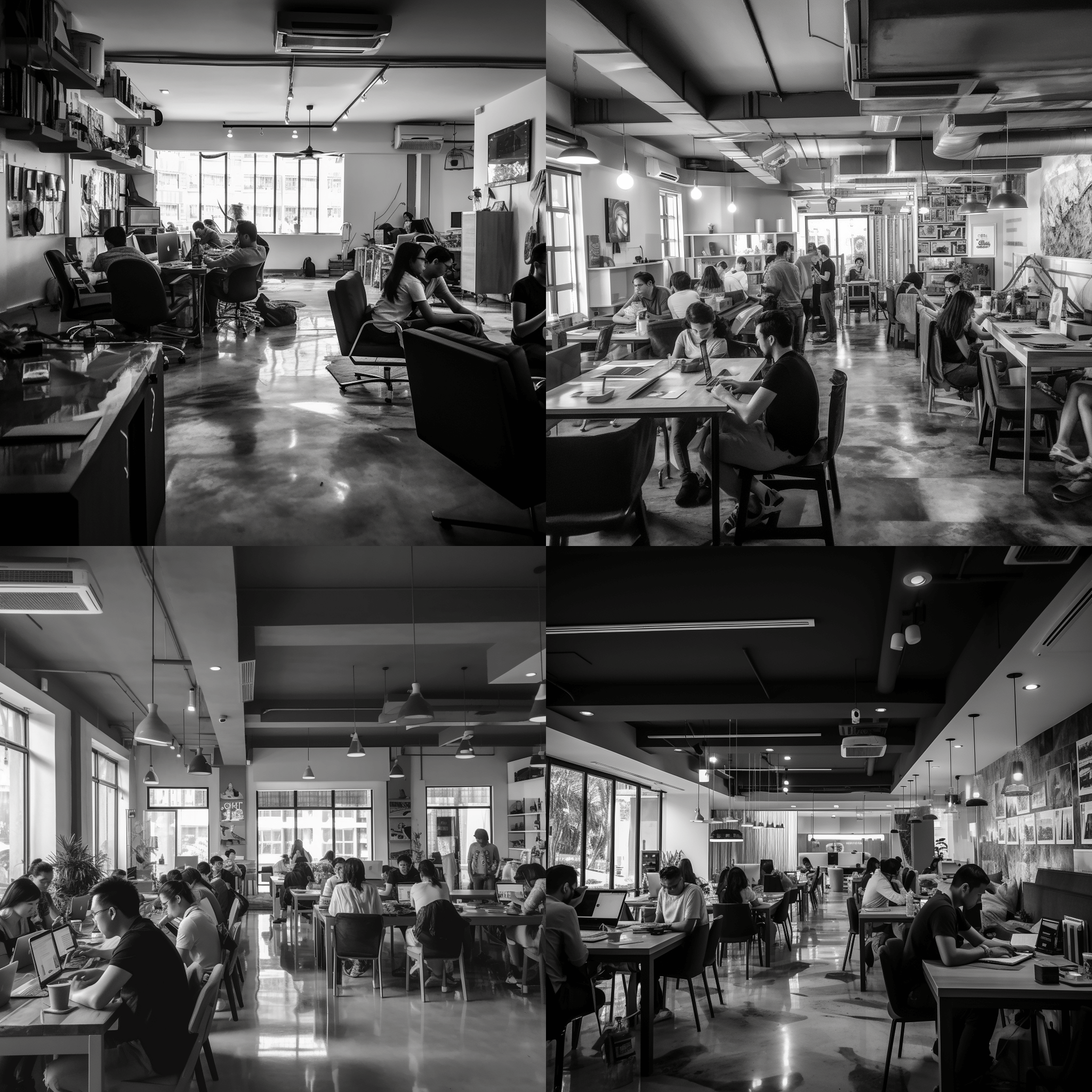

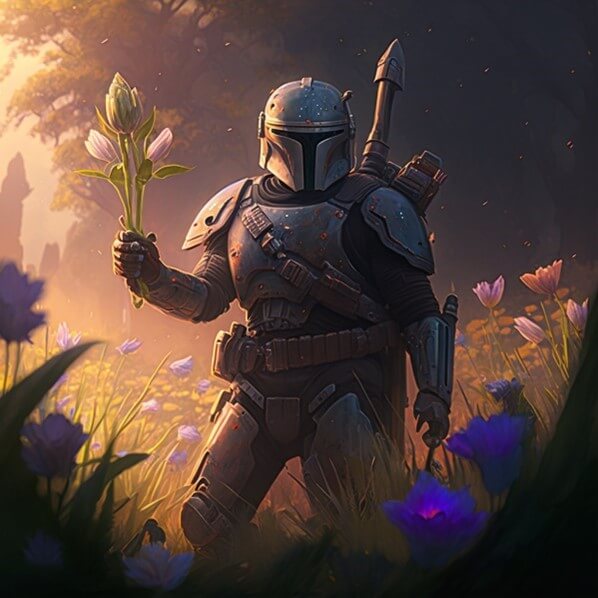


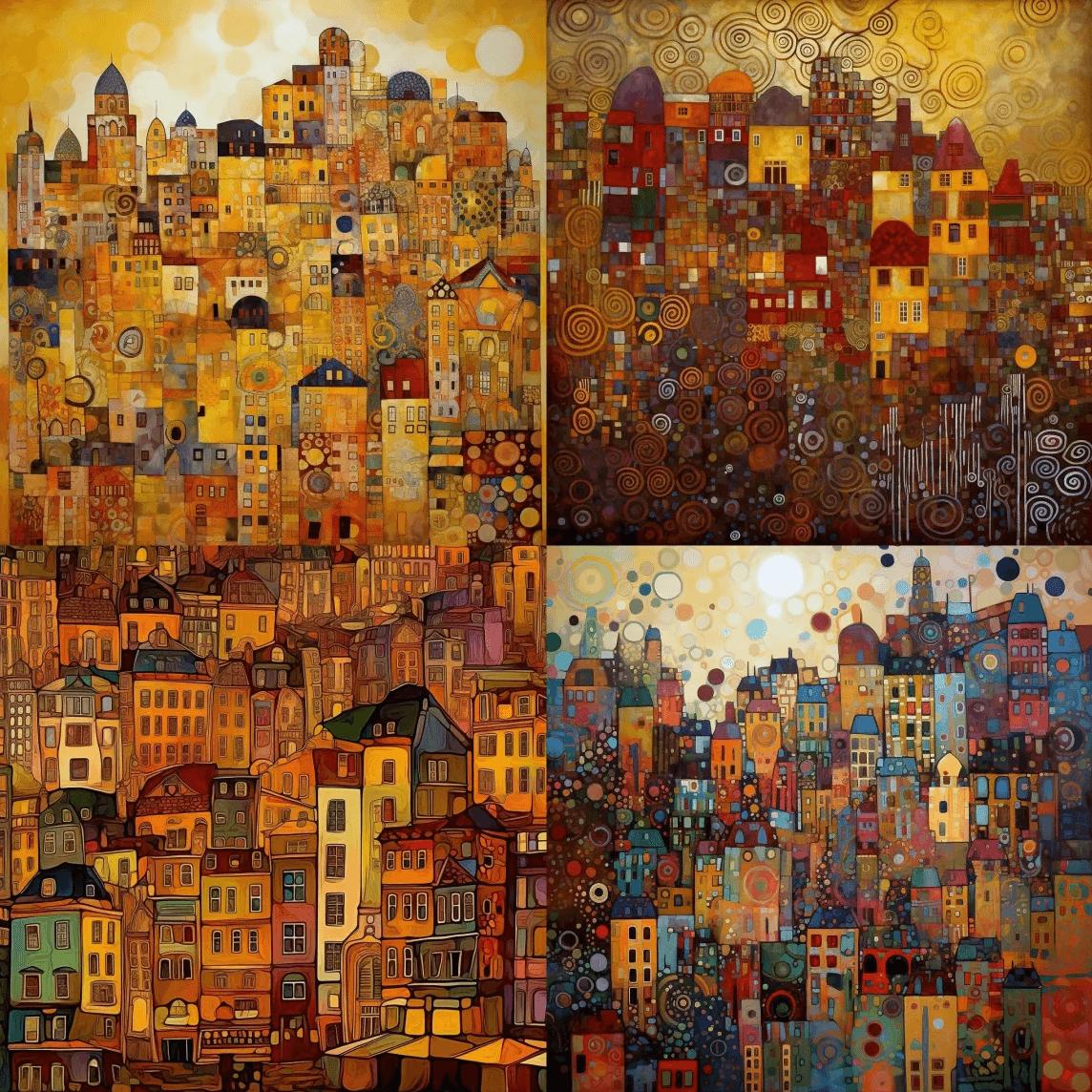
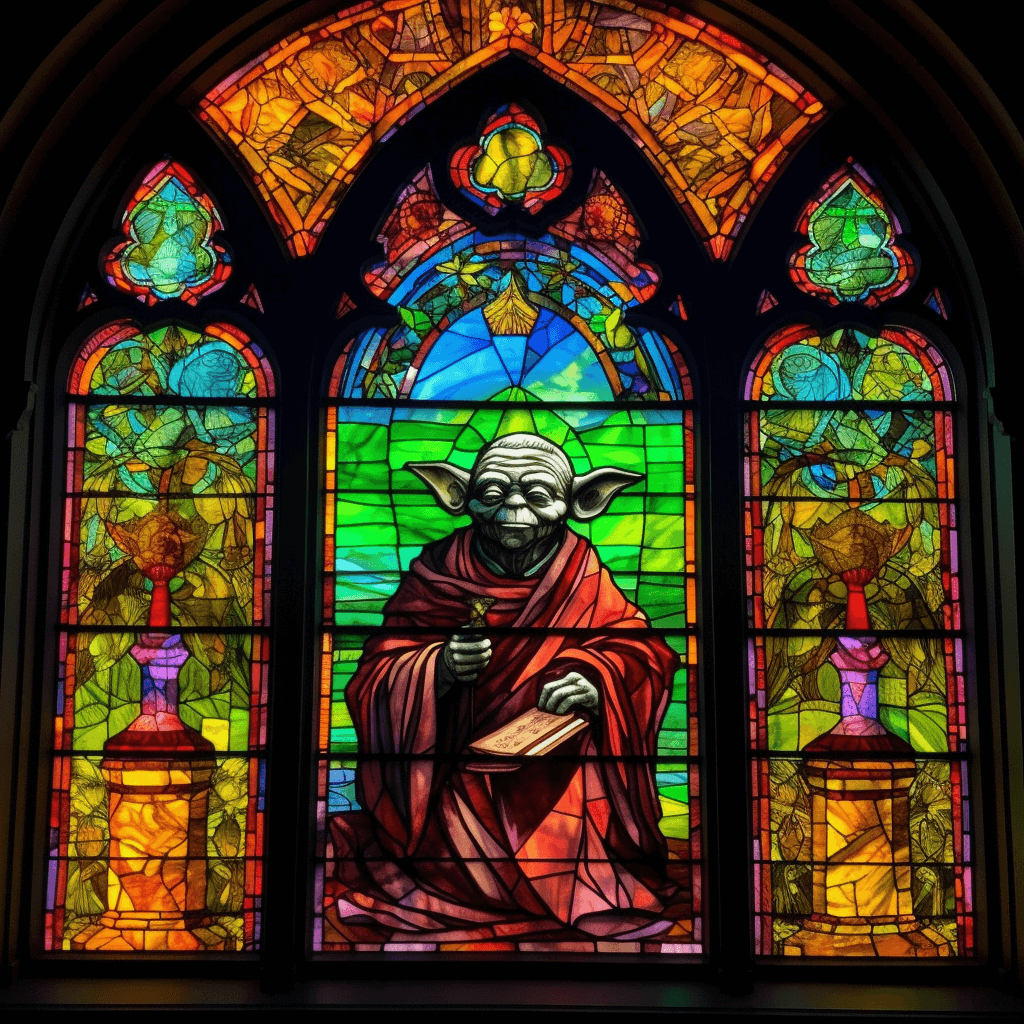


 HiLo_Agency
HiLo_Agency HiLo_Agency
HiLo_Agency